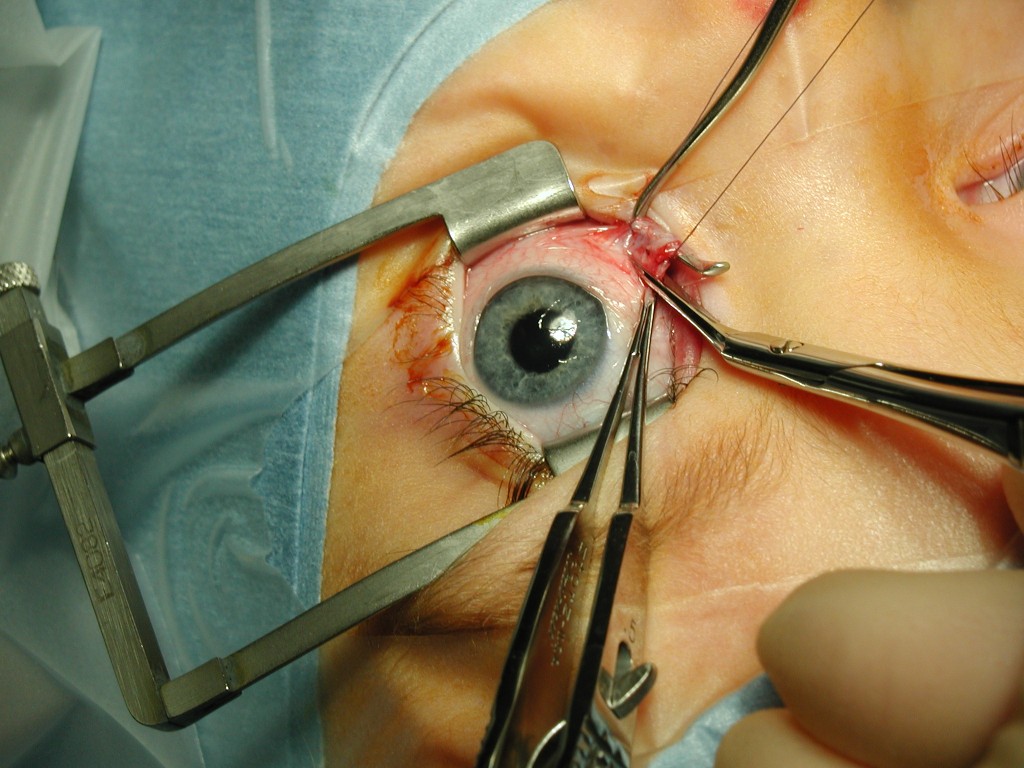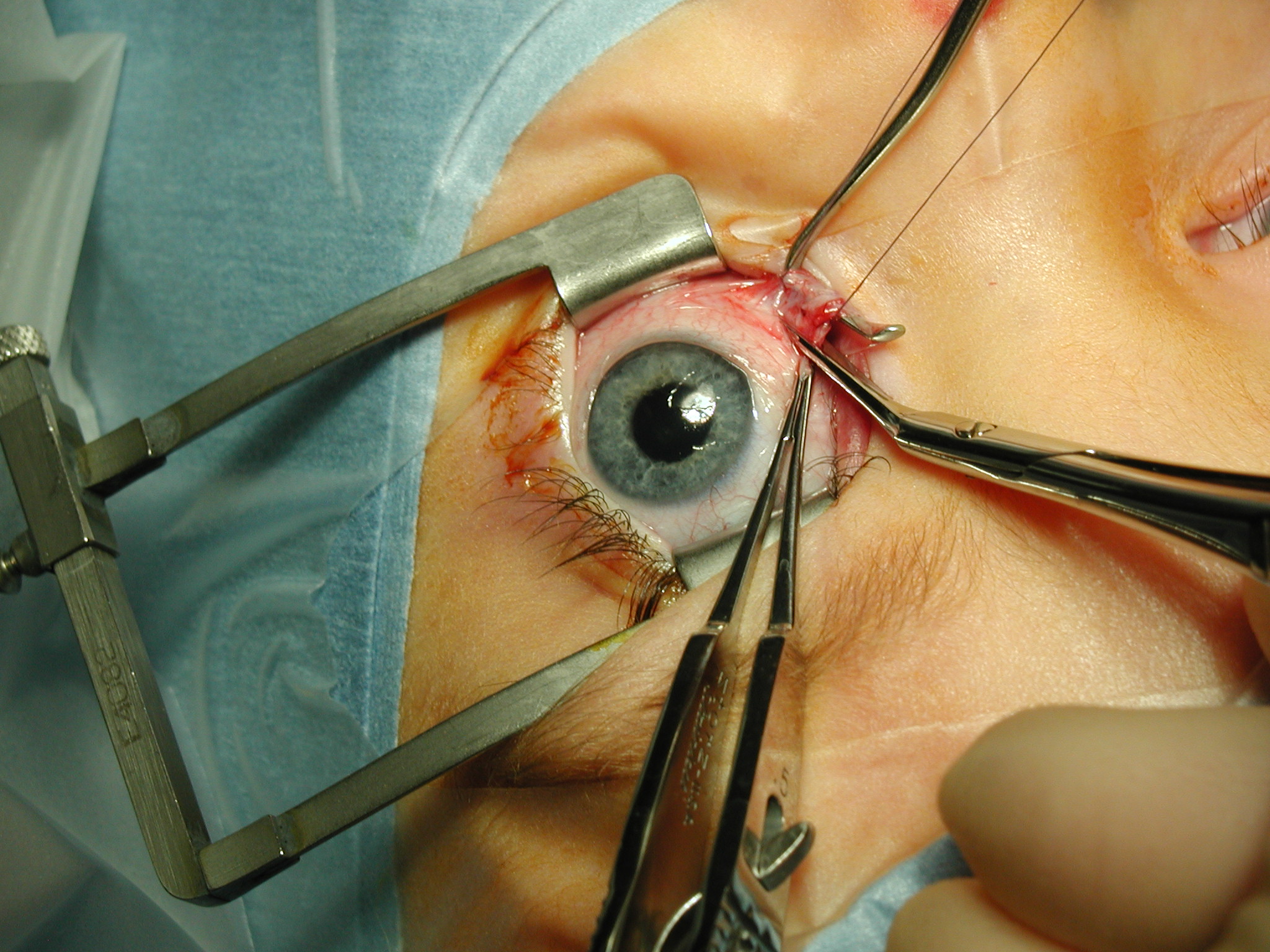By Dessa Bayrock (The Cascade) – Email
Print Edition: October 9, 2013

A rare surgery is helping patients get their eyesight back when all other treatments have failed – by implanting one of the patient’s own teeth into the eyeball.
The procedure, known as osteo-odanto-keratoprosthesis (OOKP), was pioneered by Italian professor Benedetto Strampelli in the 1960s and tweaked by Dr. Giancarlo Falcinelli in the ‘90s to create the current procedure (modified osteo-odanto-keratoprosthesis, or MOOKP).
The procedure is also known as “tooth in eye” surgery.
The performing surgeon starts by removing one of the patient’s teeth (usually a canine), shaving it down into the right shape, drilling a hole through the centre, and implanting a lens. The tooth and lens are then bonded into a single object, which is considered a “bio-integrated prosthetic unit,” according to Medical News Today.
After the lens bonds to the tooth, the tooth is planted under the skin of the patient—either in the shoulder or the cheek—to keep it healthy until the surgery. During this period, the eye is similarly prepped and the damaged cornea (the outer skin of the eyeball) is scraped away.
The tooth is then implanted into the patient’s eye, replacing a cornea (the natural lens of the eye) with the functional lens inside the tooth.
Because the new lens is housed inside the patient’s own tooth, the body doesn’t reject it.
The procedure is considered a last resort when all other treatments have failed, and is only an option in patients who have heavily damaged corneas but an otherwise healthy eye.
MOOKP was performed for the first time in North America in 2009 in Mississippi by Dr. Victor L. Perez.
“For certain patients whose bodies reject a transplanted or artificial cornea, this procedure ‘of last resort’ [can] restore vision,” he told Medical News Today.
The procedure is rarely performed for several reasons. Each stage takes hours to perform and weeks to recover from. Other procedures are often more effective. Finally, MOOKP results in an unnatural-looking eye: the iris is often completely obscured or removed in the process of implanting the tooth, so the end result is a completely white eye with a pinpoint of a black pupil – eerily similar to “white out” novelty contact lenses.
Shannon Thornton, the patient in the 2009 procedure, says the result was completely worth it. After recuperating from the surgery, her eyes had 20-70 vision.
“We take sight for granted, not realizing that it can be lost at any moment,” Thornton said, quoted in Medical News Today. “This truly is a miracle.”
Ian Tibbets, who underwent the surgery earlier this month in London, agrees. After the surgery, he regained 40 per cent of his vision, which he lost over 16 years ago in an accident that tore his cornea in six places. He could only see coloured blurs, and had never seen the faces of his twin boys.
“Before, the kids were just shapes,” he told The Telegraph. “I had to actually learn to tell them apart by their voices.”


